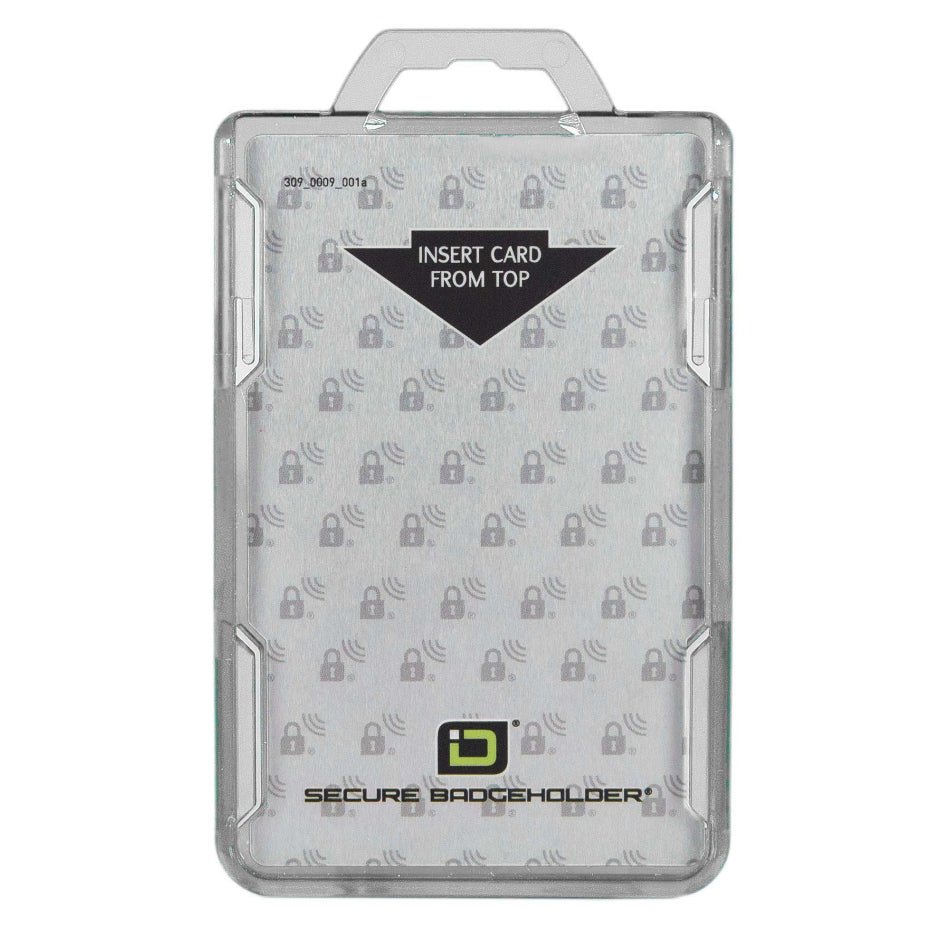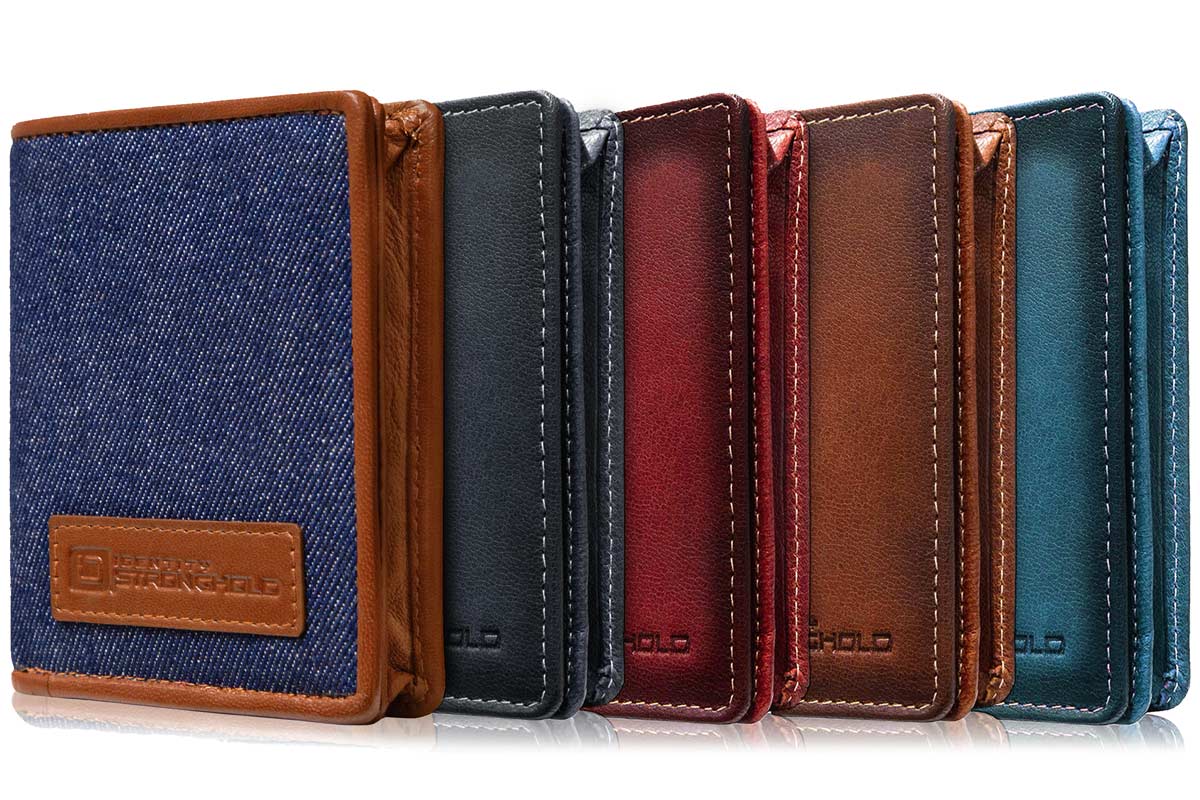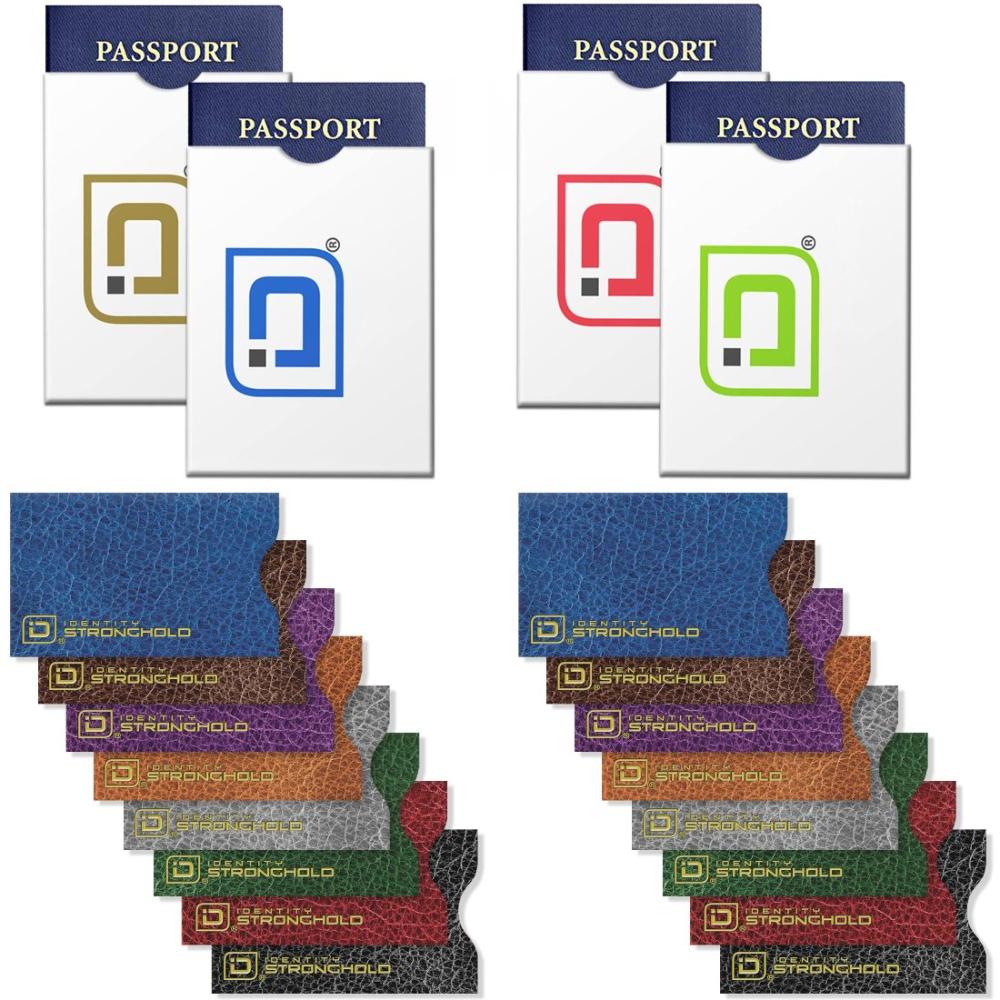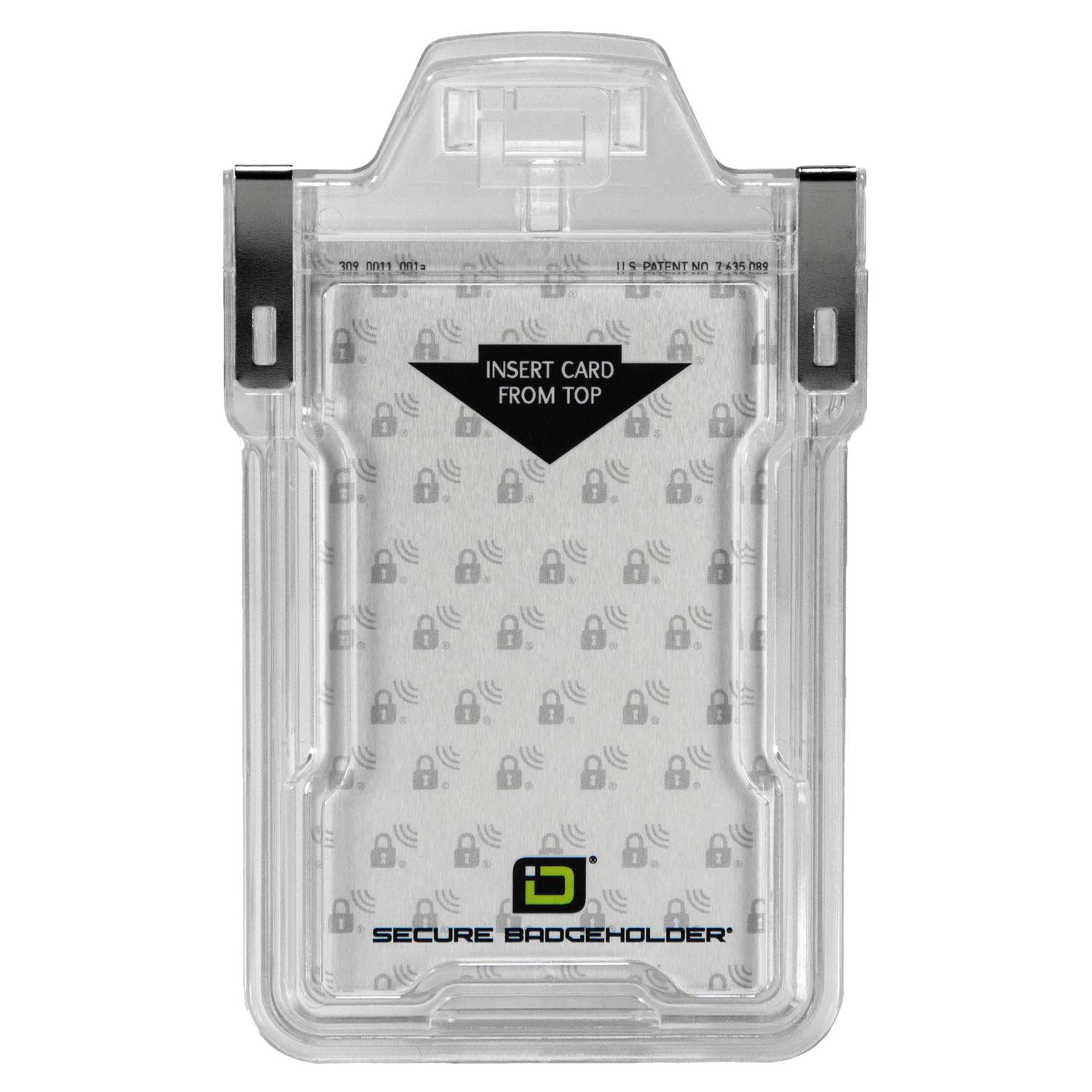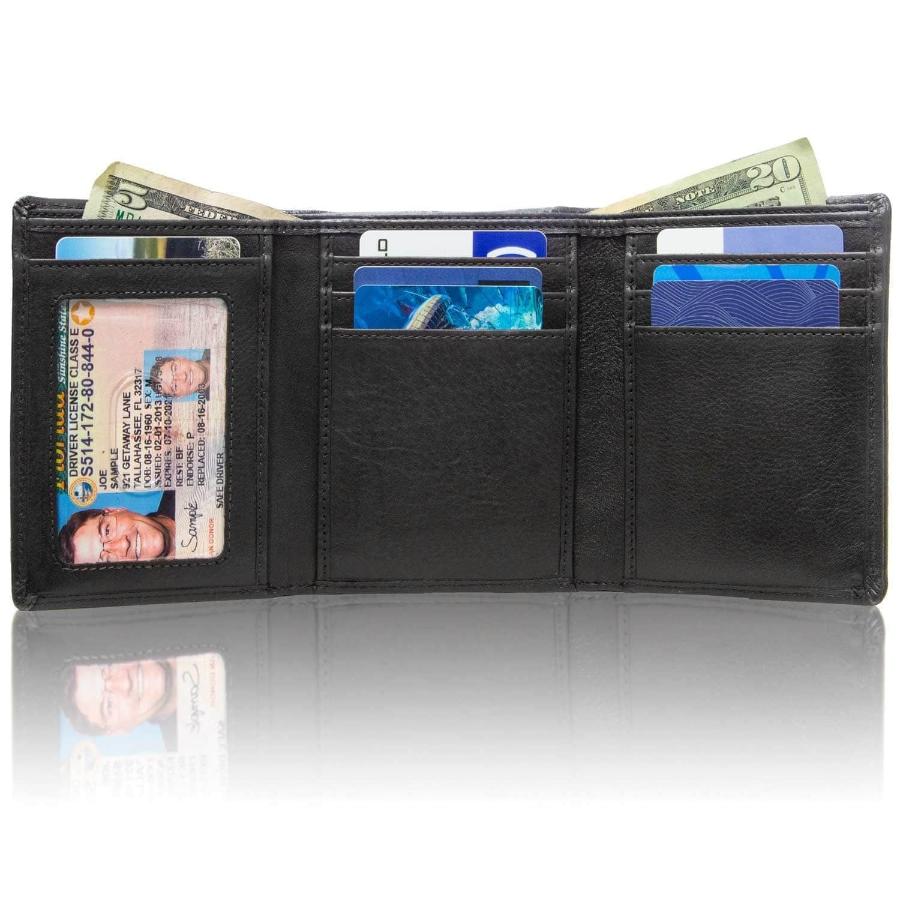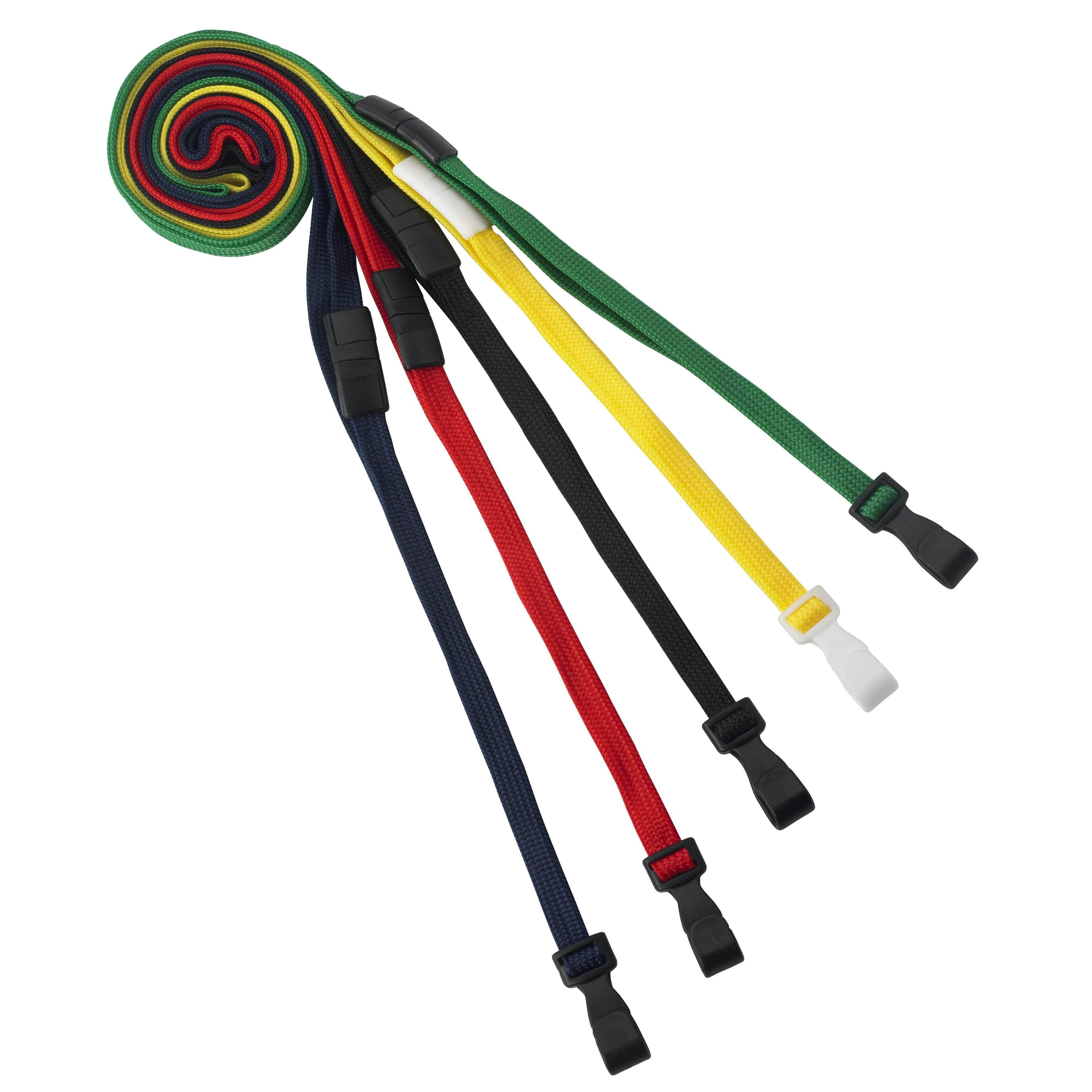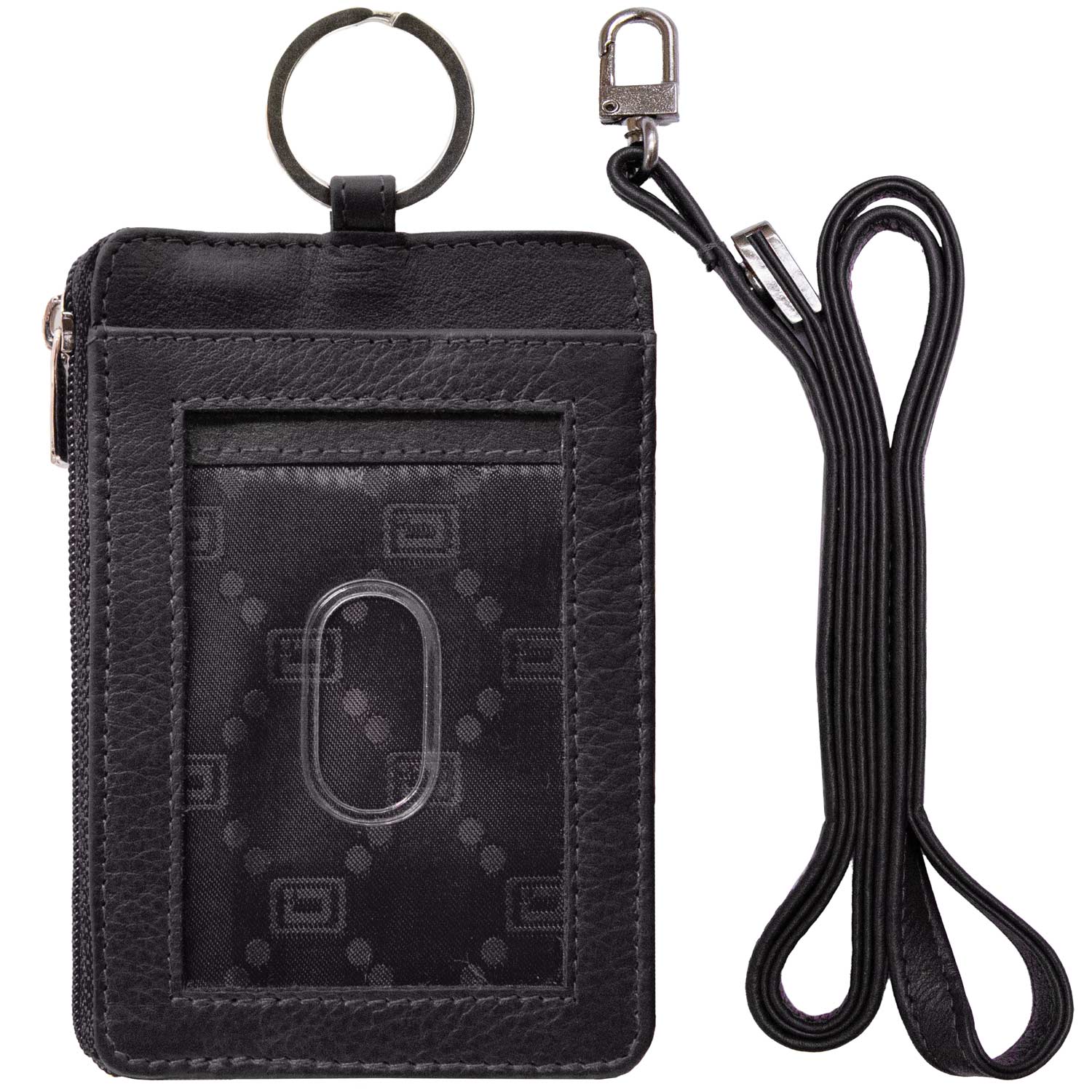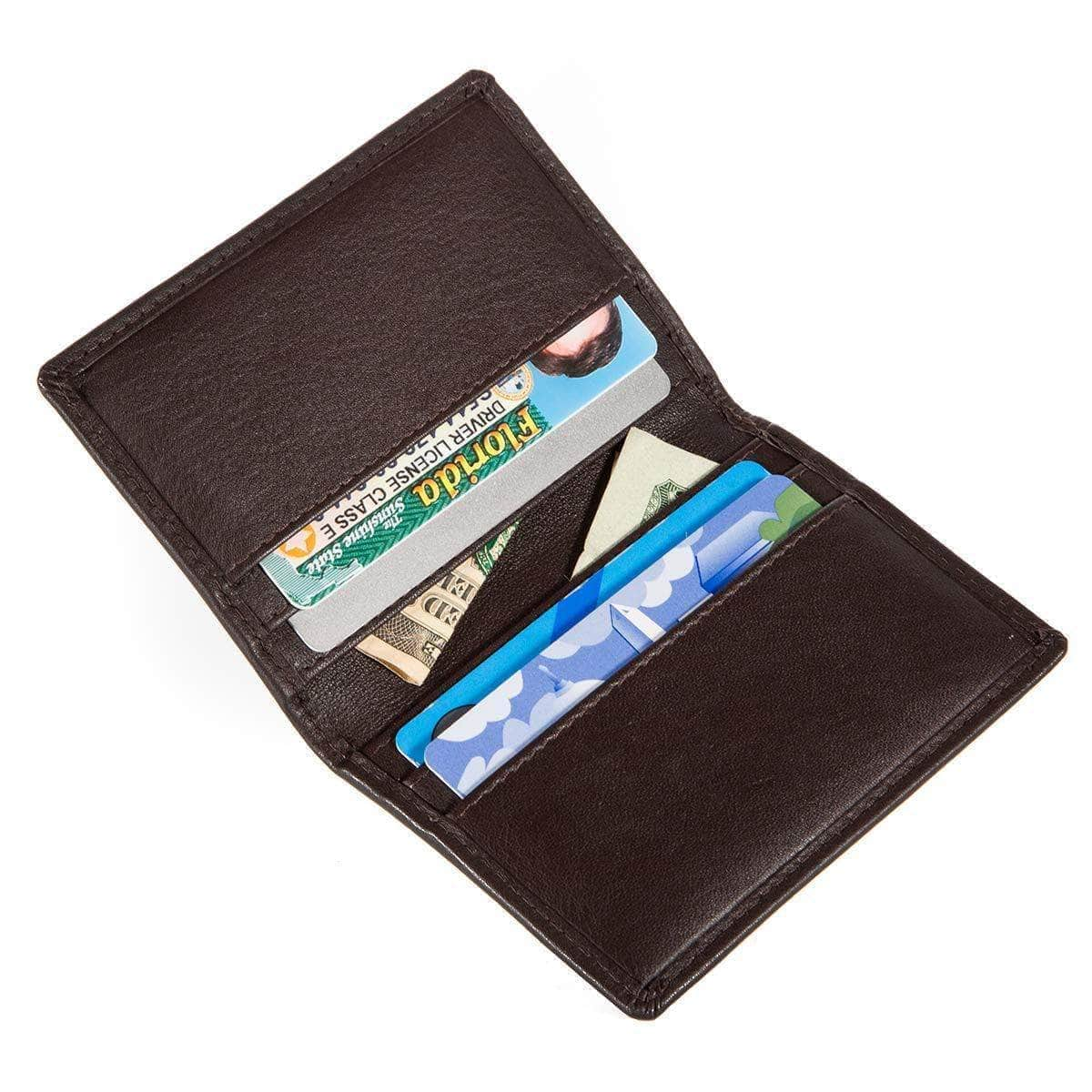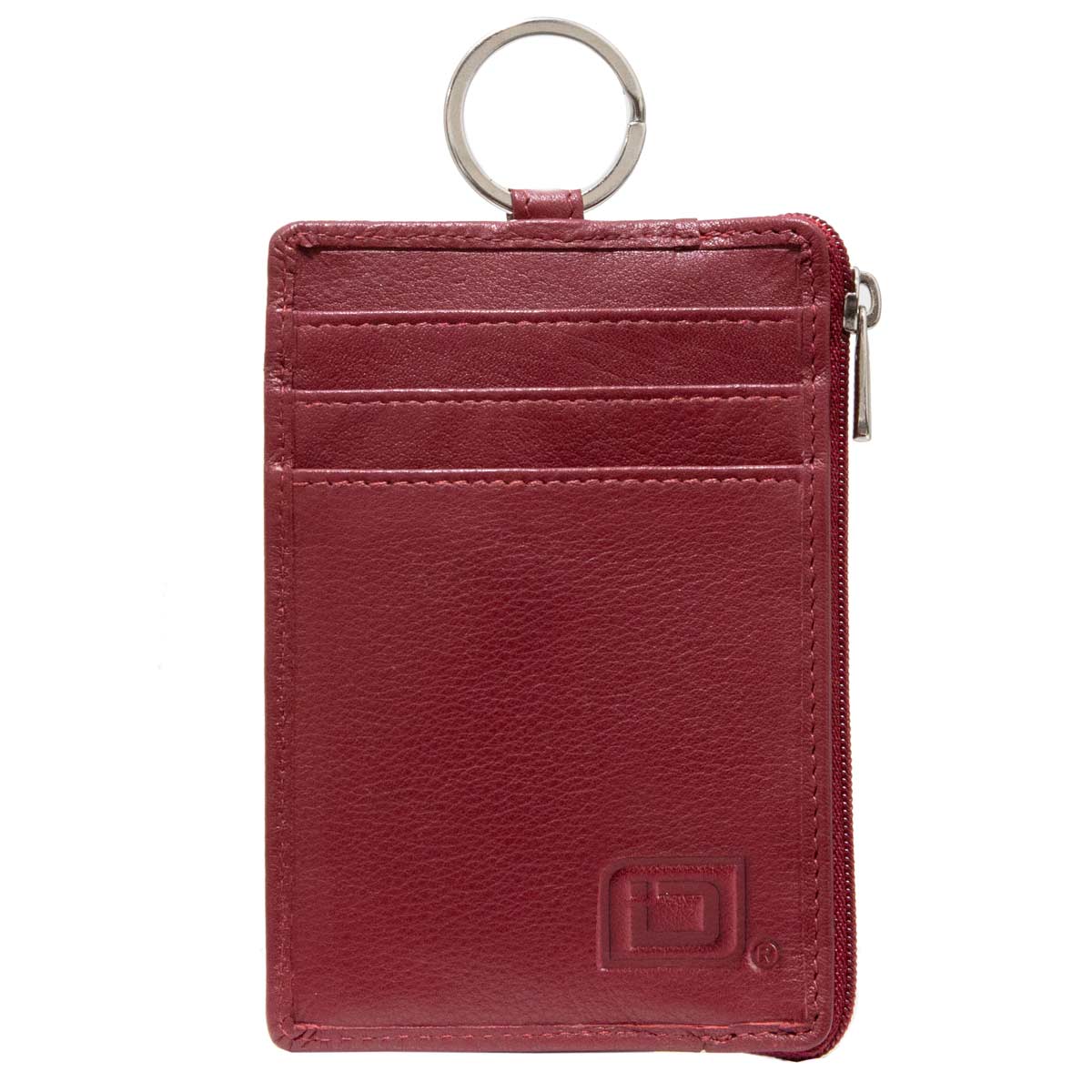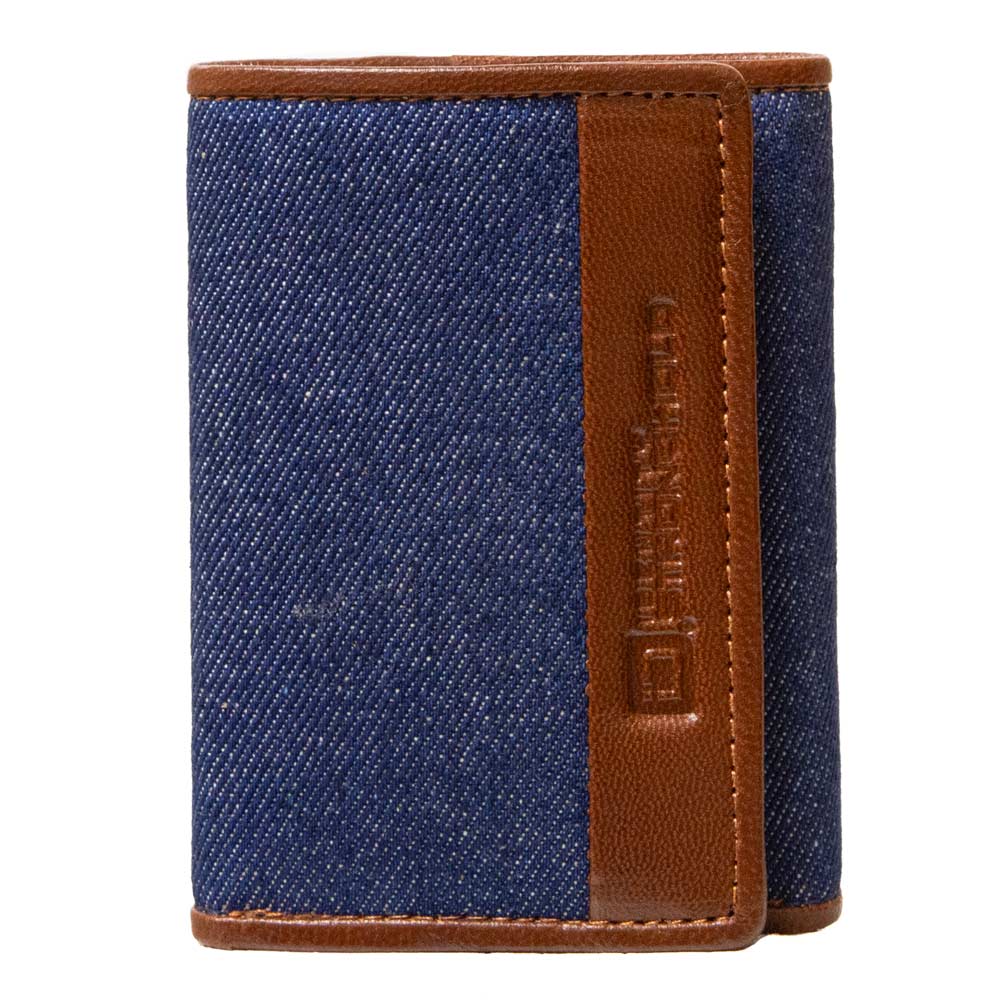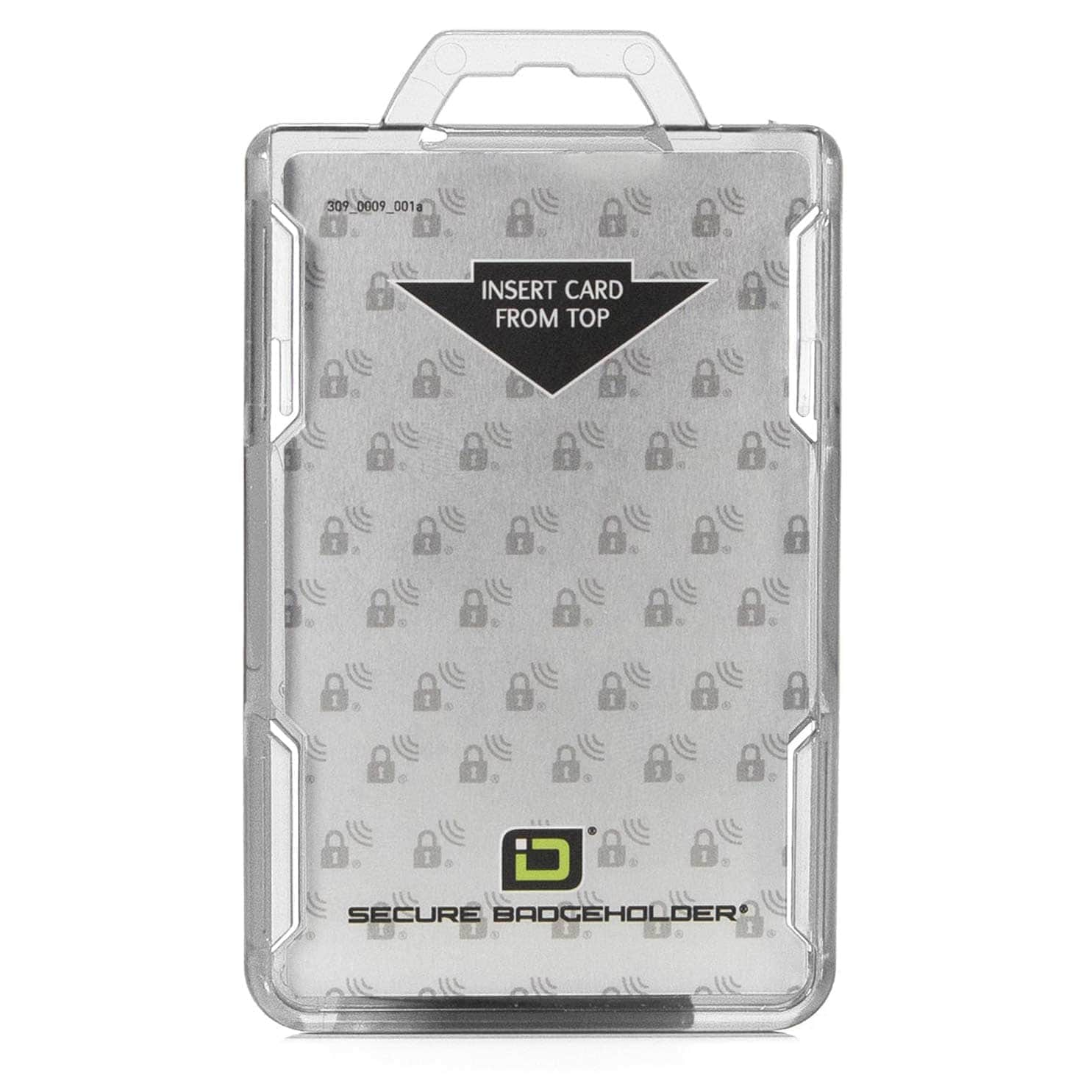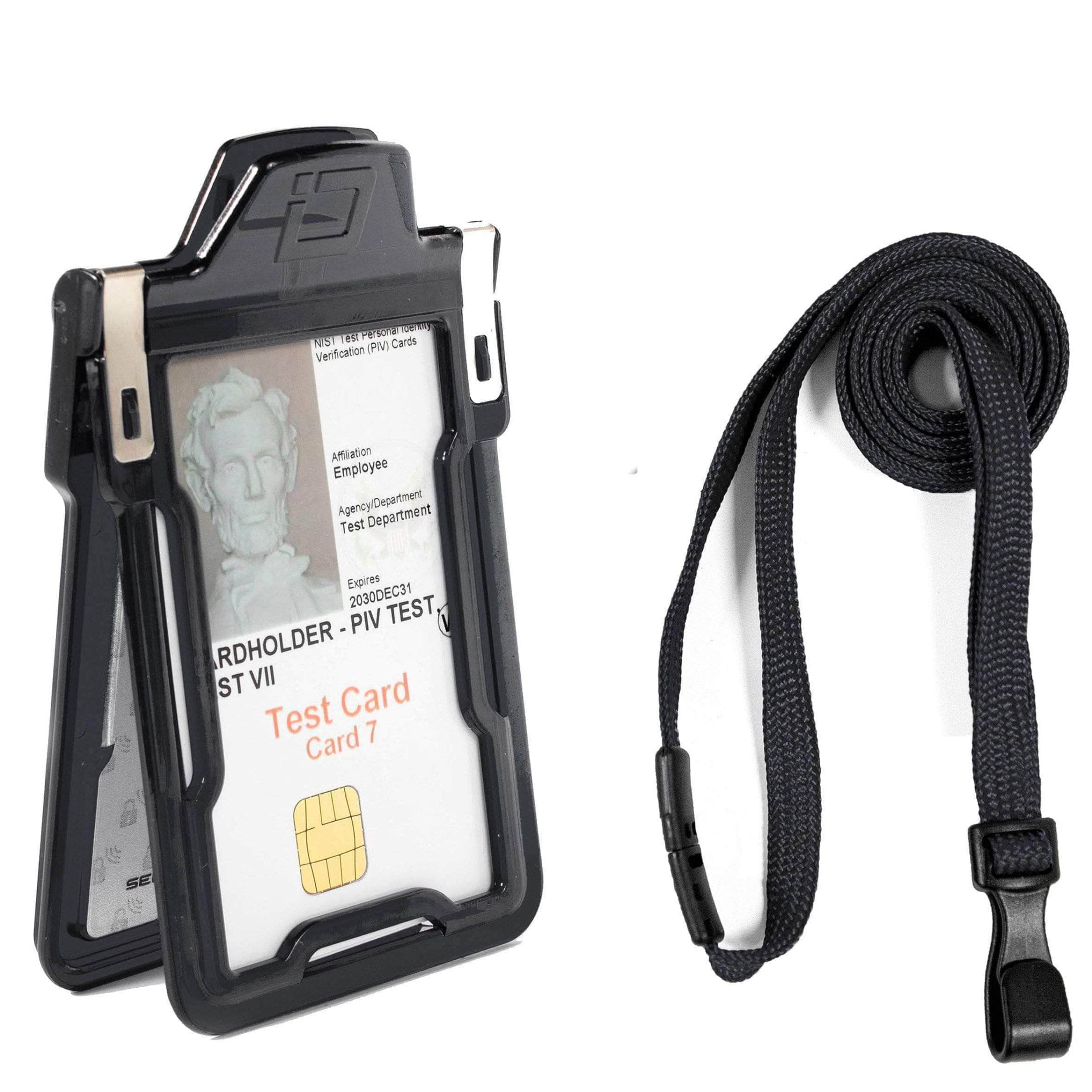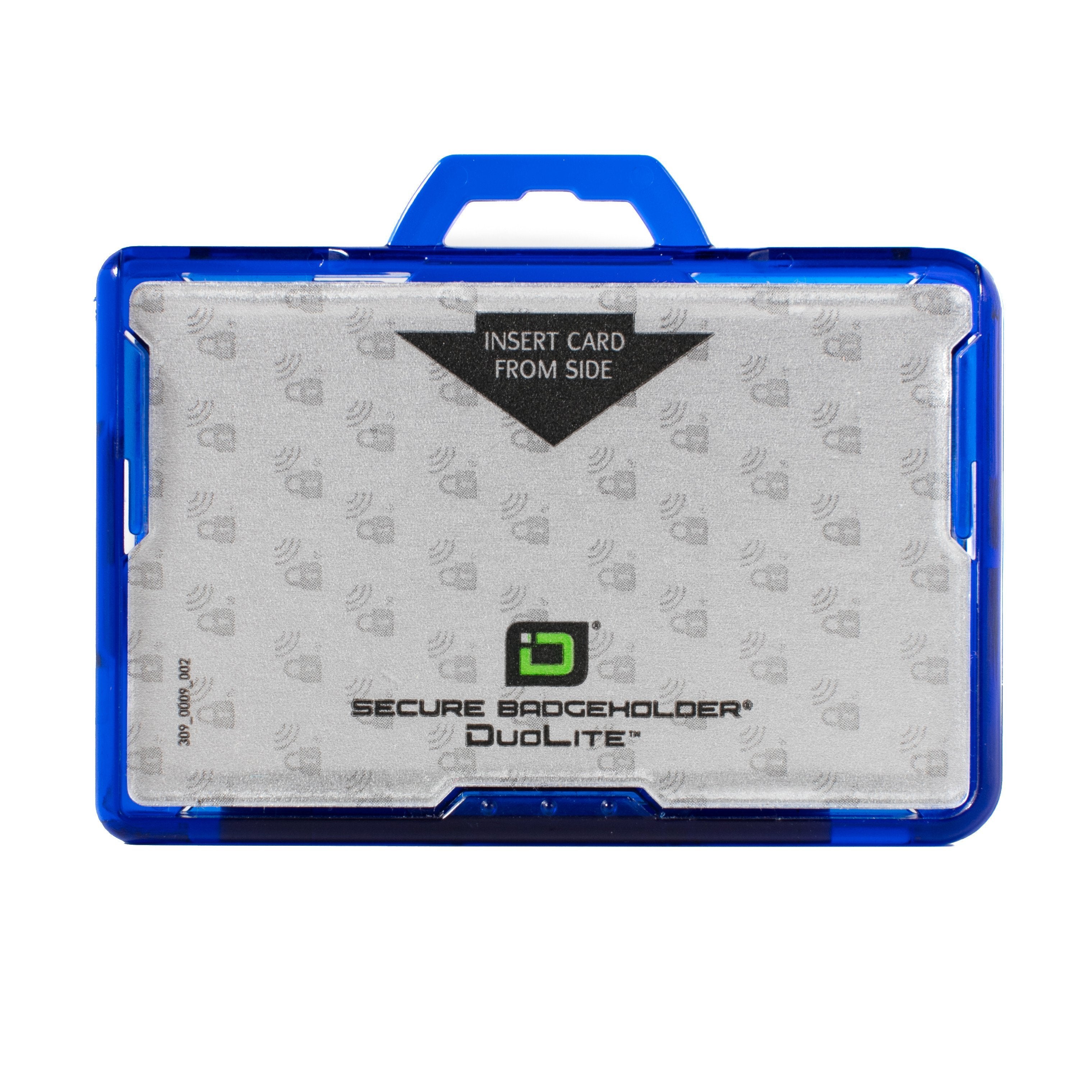Many of today’s most innovative companies are embracing a new, rapidly developing field that’s responsible for some of the biggest successes in business. It’s called UX (User Experience). This burgeoning discipline is all about studying the people who use a company’s products in order to design things people truly enjoy. The idea is that happy users are important to a healthy bottom line. Social media giants, athletic apparel companies, and service providers are creating UX departments to improve their businesses. And whether they know it or not, event providers are using UX principles to make concerts, competitions, and exhibitions better than ever. RFID ticketing is a perfect example.
How does user experience apply to concerts, festivals, and other events?
At an event, a user is simply a ticket holder. Now imagine all of the things a concert attendee experiences leading up to, during, and immediately after a show. There’s the process of buying a ticket. Maybe that happens online or via a smartphone app. From there, the ticket holder has to get to the event and park. Maybe there’s a shuttle from the parking lot to the gate. Getting inside the arena, amphitheater, fairgrounds, or other location is usually the next part of the user experience. Then there’s the show itself, the concession stands, bathrooms, and the exit. UX is concerned with making all of these steps as pleasant and meaningful as possible.
How does RFID ticketing improve the user experience at events?
One of RFID ticketing’s biggest UX benefits is its ability to speed up entry into events. An RFID ticket is scan-and-go. There’s no need for anyone to inspect the ticket. It doesn’t need to go through a machine to get verified. In many cases, people can have their tickets in purses, wallets, or pockets and simply walk through a gate that’s equipped with an RFID scanner. That’s all there is to it. With RFID ticketing, it’s possible for nearly two dozen people to enter a gated event in the time normally required for just two or three people.
RFID tickets are also capable of storing payment information and identification, granting patrons the ability to buy concessions and other items without their wallets. In crowded places where pickpocketing is always a concern, RFID tickets provide security and peace of mind. And once again, they deliver speed. To complete a transaction, an event-goer just waves a card, smartphone, wristband, or a piece of paper over a scanner. That’s it.
What are the drawbacks of RFID ticketing and are there ways to overcome them?
Although RFID technology is a safe and secure way to offer tickets to events, it does have at least one vulnerability. Digital pickpocketing, or skimming, occurs when a thief uses a homemade scanner to steal information from an RFID device. It’s hard to detect even in the best of circumstances. But crowded places are prime locations for this kind of activity because they provide cover for the perpetrators.
Fortunately, RFID-blocking technology prevents digital theft and keeps ticket holders’ information safe. Shielded bags and wallets can block the electronic signals that RFID scanners use to read tickets. These products work and have recently been adopted by organizations such as PGA ticket resellers, who have used them to secure RFID tickets for golf tournaments.
Smartphones are great for RFID ticketing.
The smartphone may be the most popular RFID device in use today. People are already accustomed to holding their phones over a scanner to gain access or make purchases. So ID Stronghold offers custom size bags that are ideal for phones. In addition, RFID shielded products come in several other sizes and materials.
RFID blocking technology can keep your ticket holders safe from digital theft.
If you’re already using RFID ticketing at your events, chances are good that users are loving it. And to make their experiences with your organization even better, consider RFID shielding products.


